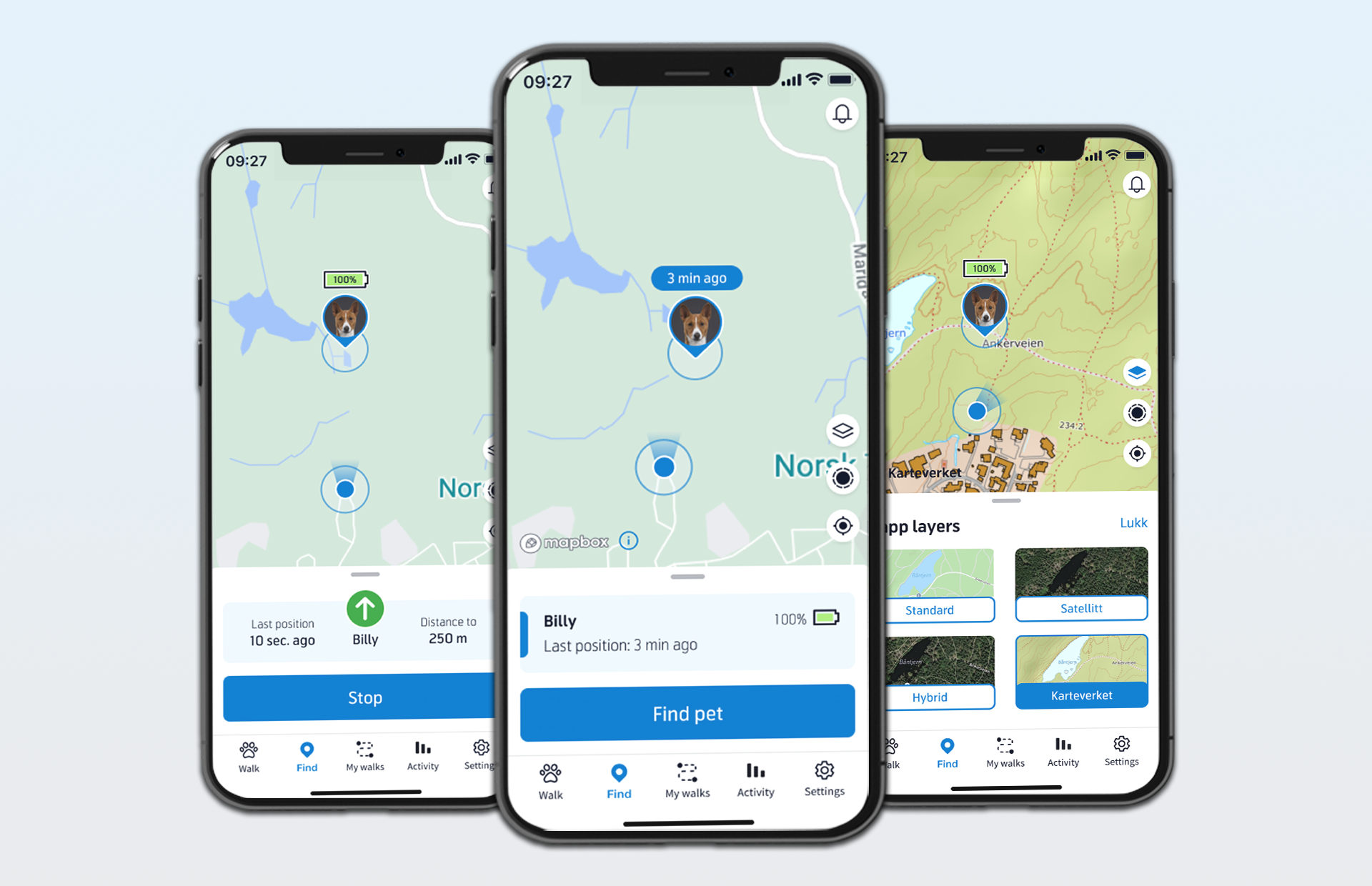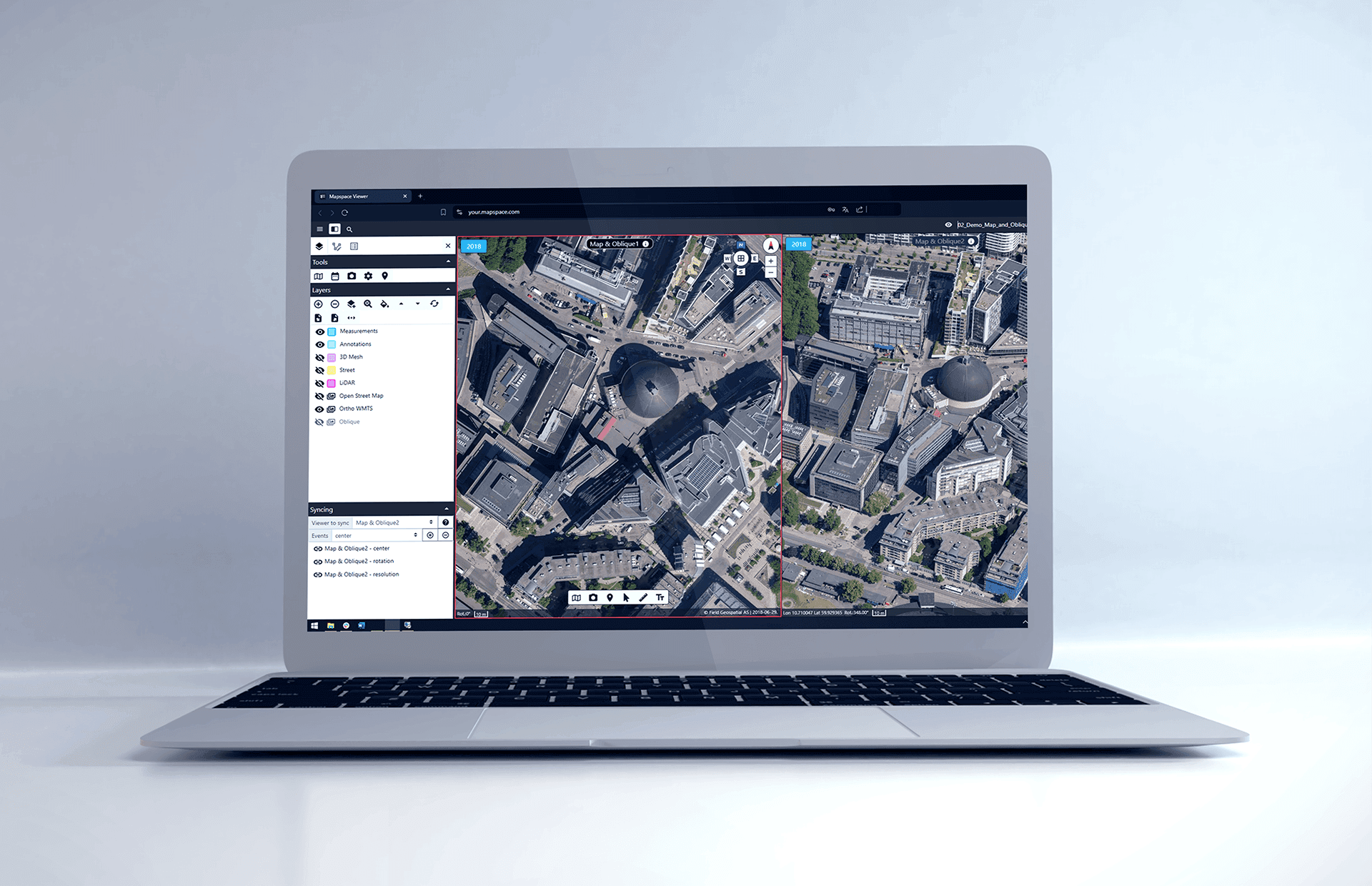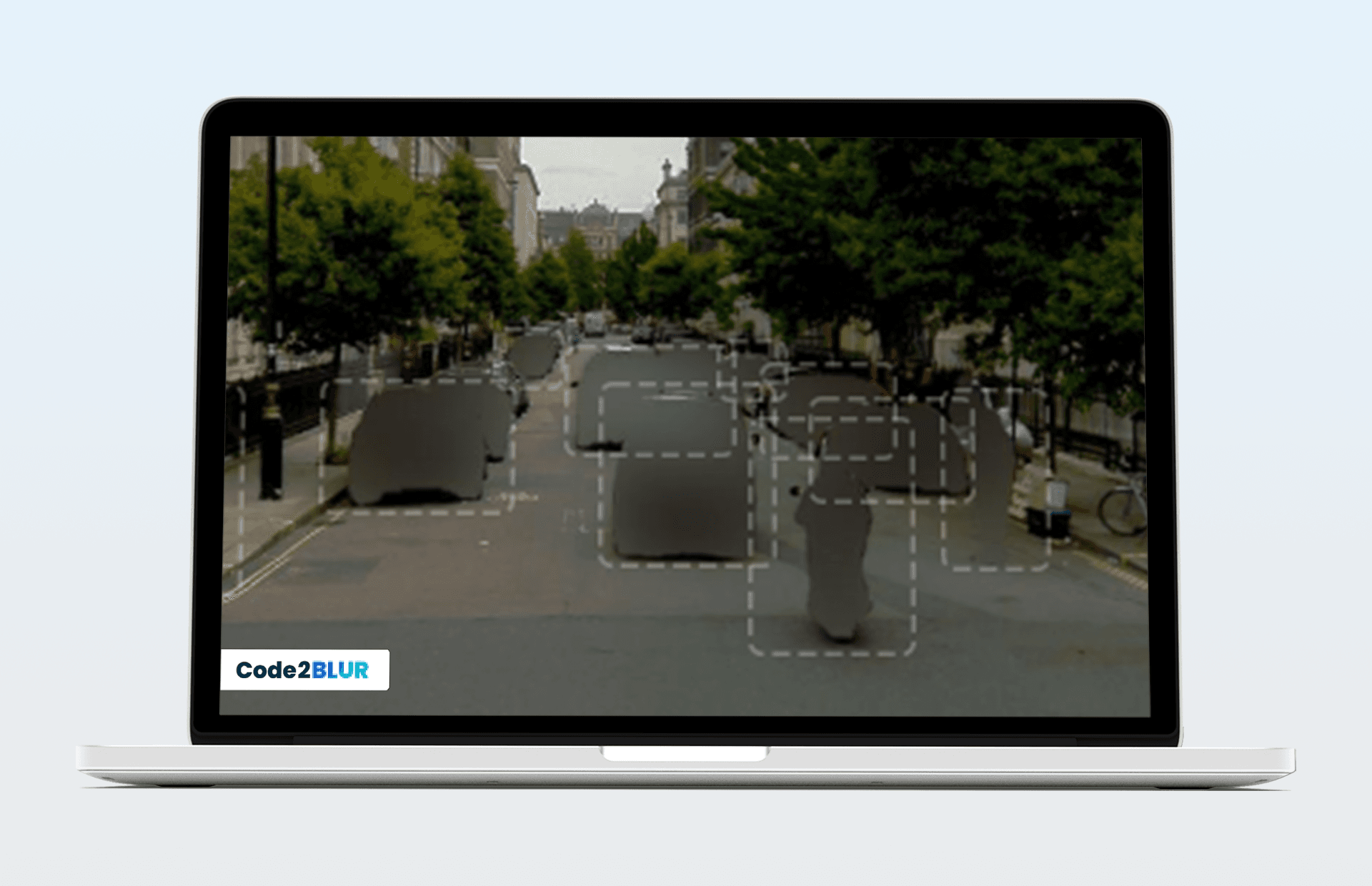Web Application Modernization Services
Your Tech Shouldn’t Slow You Down - It Should Scale With You.
Whether you're facing outdated architecture, slow performance, or fragmented UX, we help you re-engineer your web application for today’s speed, scale, and security standards.
Don’t Let Legacy Code Dictate the Future of Your Product
You’ve scaled past what your current system was built for.
The product is working barely. The architecture is fragile. Delivery slows. Talent churns. Growth stalls.
You’re not alone. Most web platforms weren’t built to survive 5+ years of scaling.
But patching tech debt is not a strategy. It’s delay.
We modernize web applications that power real business with zero disruption to operations.
This Isn’t “Cleaning Code.” This Is Engineering a Strategic Reset.
Your platform runs critical workflows - logistics, payments, customer ops, ERP, analytics. Downtime is not acceptable. Neither is stalling innovation. We rebuild aging systems with senior engineers who’ve delivered stable, scalable, modern platforms across:
Fintech, Medtech, GIS, IoT
Where compliance and reliability are non-negotiable Modernizing here means more than better code – it requires bulletproof data handling, regulatory alignment, and flawless system availability at scale.
E-commerce, Logistics & Manufacturing
Where apps run devices, fleets, or factories. Your application doesn’t just display data — it drives physical outcomes in real time, which means stability, latency, and uptime are mission-critical.
Infrastructure-Driven Environments
Where the frontend must match the complexity of the back office. We rebuild interfaces, workflows, and data flows that reflect the sophistication of your ERP logic — without compromising speed, usability, or control.
What we deliver
Ideate, design, and develop powerful software. Leap into the future with a team trusted by the world’s biggest brands.
01
Modern architecture, built for your next stage of growth
We refactor, migrate, or re-architect — based on where the actual risk is, not based on developer opinion or technical fashion. Expect modularity, scalability, and integration-ready design that unlocks product velocity and future expansion. This is architecture that serves the business — not slows it down.
02
Zero-disruption delivery
Live users stay live. Teams stay focused. We execute in parallel – ensuring that modernization doesn’t hijack your product roadmap or distract your core team. Our process protects uptime, isolates risk, and keeps trust intact with users and stakeholders.
03
Clear, stakeholder-ready roadmap
You get a modernization plan with defined milestones, resource load, cost impact, and technical dependencies – built to get buy-in, not excuses. It’s not a report. It’s a decision-making asset that aligns product, tech, and business leadership on a shared outcome.
04
Execution - not advice
We don’t “recommend.” We build. With code, ownership, and delivery discipline and a track record of modernizing platforms powering millions of users. You don’t need consultants. You need results, risk removed, and forward motion.
When your platform resists growth, not enables it - we fix that
We step in when technical debt starts dictating the roadmap, internal teams are stretched thin, and the risks of inaction outweigh the cost of modernization. Our role: stabilize what exists, structure what’s next, and do it without slowing your core team down.
Engage us when:
- Your app is slowing down product velocity and increasing release risk
- Your internal team knows the system is brittle but lacks time or clarity to rebuild
- You’re onboarding enterprise clients or scaling globally and the platform isn’t ready
- You need modernization but can’t pull top engineers off core product
- You’re planning aggressive growth but your platform isn’t built to support it
“We understand the cost of tech debt and the risk of modernizing wrong. That’s why we deliver with clarity, control, and certainty.”
For decision-makers who own the outcome
This is built for:
- CTOs who need to stabilize delivery and rebuild trust in the system
- CIOs & Heads of IT who must modernize with zero disruption
- Product & Engineering Leads who need to ship faster, safer, and with confidence
- Founders & COOs who know legacy tech is blocking business growth
Our clients' trust is our path.
We take great pride in the satisfaction of or clients, as evidence by their glowing feedback.
What our clients says about outcome of the collaboration?
We sent this question directly to our partners
Working with Codeflyers has been a game-changer for us! Their innovative approach and unparalleled technical expertise have propelled our project to new heights. We’re thrilled with the progress and their proactive attitude.
Christoffer Apneseth
CTO at Field
Our collaboration with Codeflyers is a perfect match! Their team is not only competent but also incredibly dedicated. The application is growing stronger, all thanks to their commitment and attention to detail.
Even Reitan
Strategy & Business Development Manager at Telenor
Let’s build your
product together!
We shorten the time from problem to solution, which is why we focus on agile communication and action. We like to get straight to the point, so let’s schedule a free 15-minute consultation. No forms, no waiting.
Speak directly with Radek Lejsza, COO of Codeflyers

Frequently asked questions
Clear answers to the questions we hear most often
1. What is web app modernization, and why does it matter for my business?
Web application modernization involves upgrading outdated systems to meet today’s user, technology, and security standards. It ensures your app remains competitive, scalable, and aligned with current customer expectations.
2. How do I know if my web app needs modernization?
If your app is slow, hard to maintain, not mobile-responsive, or built on legacy technologies (like jQuery, PHP 5, or Flash), it likely needs modernization. Frequent bugs, high bounce rates, or security vulnerabilities are also red flags.
3. Will I lose any functionality or data during the modernization process?
No – we ensure full continuity. We preserve critical features, refactor outdated components, and migrate data safely, with zero downtime or user disruption wherever possible.
4. What’s the difference between redesigning and modernizing a web app?
Redesign focuses on the visual layer (UI), while modernization also tackles architecture, code quality, performance, security, and scalability. Often, both are needed to deliver a seamless, future-proof product.
5. Can modernization reduce costs over time?
Yes – modern apps are easier to maintain, faster to update, and less prone to bugs and security issues. This reduces long-term technical debt and frees up budget for innovation.







